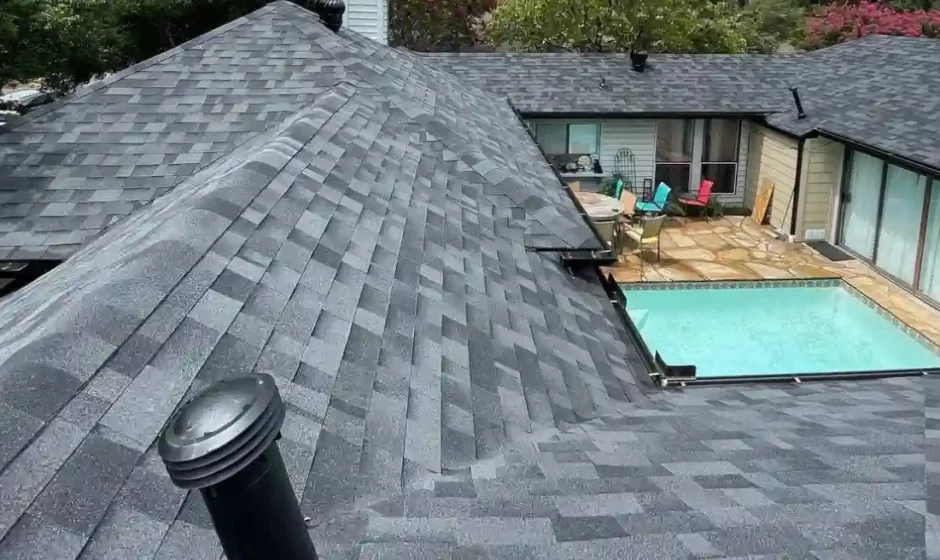Metal roofs last for decades. They can be unpainted, factory painted, or surfaced with reflective mineral granules for a cool option.
Slate tiles can last for one hundred years or more, though they are a heavier material that requires additional framing to handle their weight. They are also expensive to install because of this.
Metal
Metal has long been a popular roofing material for commercial structures but is also becoming more common on residential buildings. Metal roofs are modern, energy-efficient, durable, and low maintenance. They are made from galvanized steel, aluminum, or copper and offer corrosion resistance in salty coastal environments. Metal roofs come in standing seam and metal shingles styles. Plastic polymer shingles are available that resemble shingle, shake, or tile roofing at a fraction of the cost.
Generally speaking, the most durable and long lasting sloped roofing materials are metal, clay or concrete tiles, and slate shingles. These types of roofs are extremely rigid and less susceptible to warping or cracking caused by large hail stones. They can, however, be more costly than asphalt shingles or wood shakes.
Asphalt
Asphalt is a popular material for road construction, as it provides a durable surface that can handle high traffic loads. It’s also used for constructing airport runways and taxiways, as well as bicycle paths and racetracks.
Many homes have asphalt shingles, which are cheaper than other roofing materials and can last for 30 years or more. However, they’re not as resistant to high winds, which can cause them to blow off in strong storms. In fact, if you live in an area prone to high winds, it’s important to maintain your roof with regular repairs and seal coating. This will help prevent damage and prolong its lifespan.
Wood
Wooden shingles, or shakes, are a popular choice that last from thirty to fifty years. They are natural insulators and can be stained any color to match your home. Wood roofs are aesthetically pleasing and often complement homes in historic styles. However, they don’t hold up well in perpetually damp climates and can be a fire risk.
Unlike some other materials that have the same properties in all directions, wood is anisotropic. Its strength comes from the grain, which runs perpendicular to fibers. Wood shakes are thicker than shingles and hold up better to weather, UV rays, and insects. However, they require professional installation and may be restricted in regions with wildfire hazard. They also need regular maintenance.
Slate
A natural roofing material that is incredibly durable, slate can last for centuries. However, it is also expensive and requires a high-end roof structure to support its weight.
Unlike asphalt shingle roofs, which are prone to leaking and mildew buildup, slate roofs are fire-, fungi-, water-, temperature-, and mold-resistant. They also require little maintenance other than repairing tiles that are damaged or worn down.
The different colors of slate are produced by varying amounts of hematite, chlorite, and carbon within the rock. Slate is mined in Vermont, New York, and Pennsylvania. Aside from roofing, it is used in flooring, blackboards, and electric panels. Small offcuts can be used as shims to level floor joists. Slate is extremely heavy and should be installed by a professional roofing contractor who is experienced working with this unique material.
Clay Tile
When you choose clay tile roofs, you can rest assured that you’re getting a return on your investment. These tiles last for a lifetime and boost your home’s energy efficiency. Unlike asphalt shingles, clay tiles aren’t affected by salt air or high temperatures. They also resist damage from mold, mildew, rot, and insects. They also don’t fade from UV rays. However, they are heavy and require a strong support structure. Contact a roofing professional to see whether your home’s slope and structure are suitable for this type of roof. Both clay tiles and slate are durable materials that add value to your home. They’re resistant to fire, wind, rain, snow, and hail. However, they’re susceptible to a freeze/thaw cycle and may crack during extreme weather conditions.



